Affordability, Height Were the Main Concerns of Residents at Gowanus Rezoning Public Hearing
Some longtime Gowanus residents oppose skyscrapers in the area and questioned why building heights have doubled from 14 to 30 stories in the proposed rezoning.

Gowanus. Photo by Craig Hubert
This was a real public hearing.
Following an open house organized by the Department of City Planning to present the city’s draft proposal for a rezoning of Gowanus, which ended in a lot of residents feeling like they were being shut out of the process, the agency returned last Thursday evening at the behest of Community Board 6 for a formal presentation and conversation with residents.
“Right now we’re in the information gathering process,” said CB6 Chairman Peter Fleming. “We’re trying to find out what the community thinks — as wide a part of the community as possible — so that we can begin to incorporate those things into our response.”
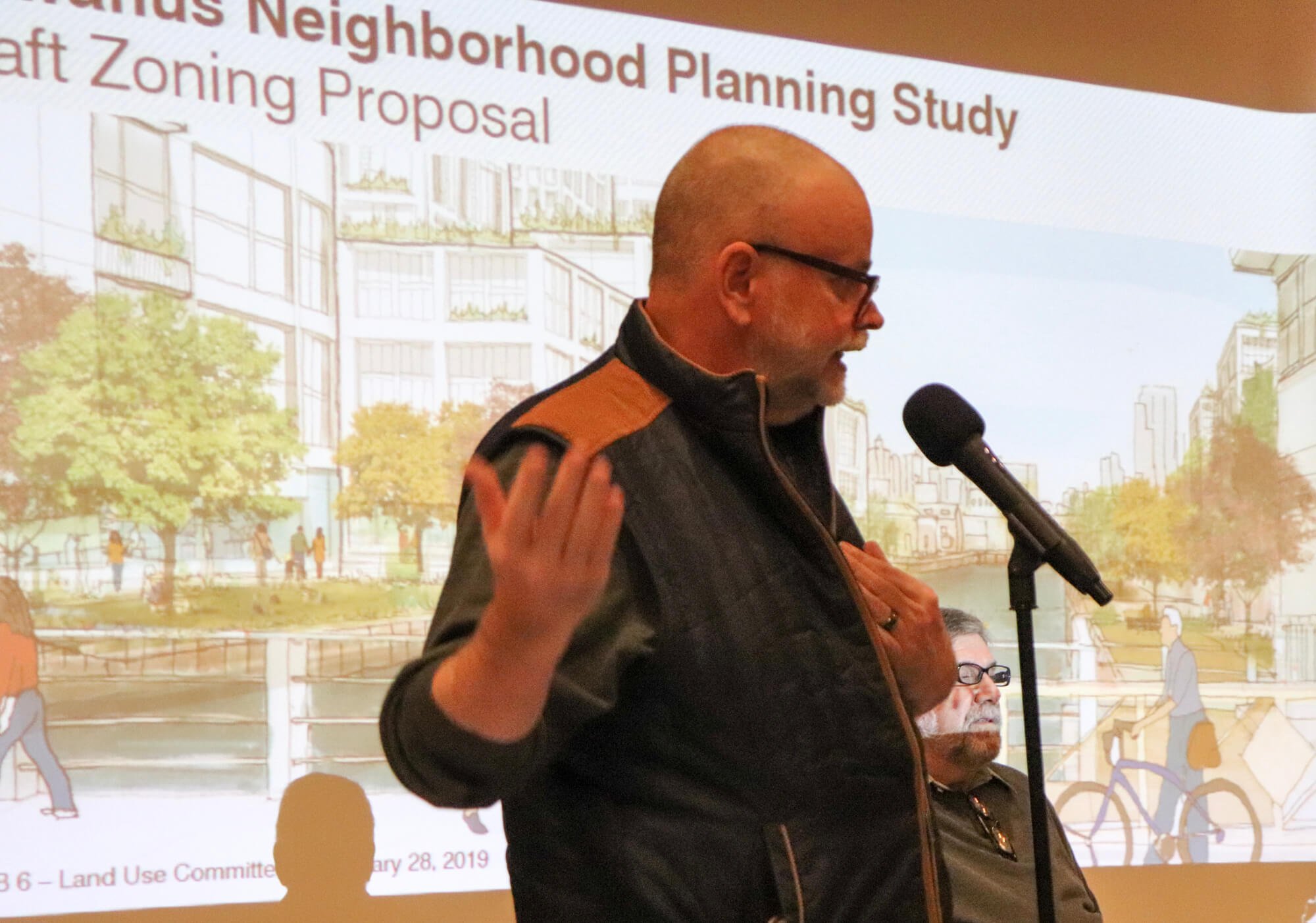
That nothing was set in stone was emphasized by City Planning during their presentation to a full house at P.S. 133, where they went through the proposed rezoning step by step while remaining vague on some of the particulars, especially regarding the affordability of the planned housing.
Some of this was discussed during the question-and-answer session that followed the presentation. A few local organized groups — including Gowanus Neighborhood Coalition for Justice (GNCJ), Friends and Residents of Greater Gowanus (FROGG), and others associated with a new website called “The Gowanus Rezoning Is Dirty Politics” — were heavily represented, and engaged in a tense back and forth with city planning officials.
Height was one of the main topics of the night. During earlier meetings, residents said, the heights of buildings in the rezoned area were said to be capped off at 14 stories; now they are almost double that. “I’ve been to all the Gowanus meetings,” said a local resident. “So I want to know what happened. Who sold out the neighborhood? Why is it that what the community decides can be overrun by developers?”
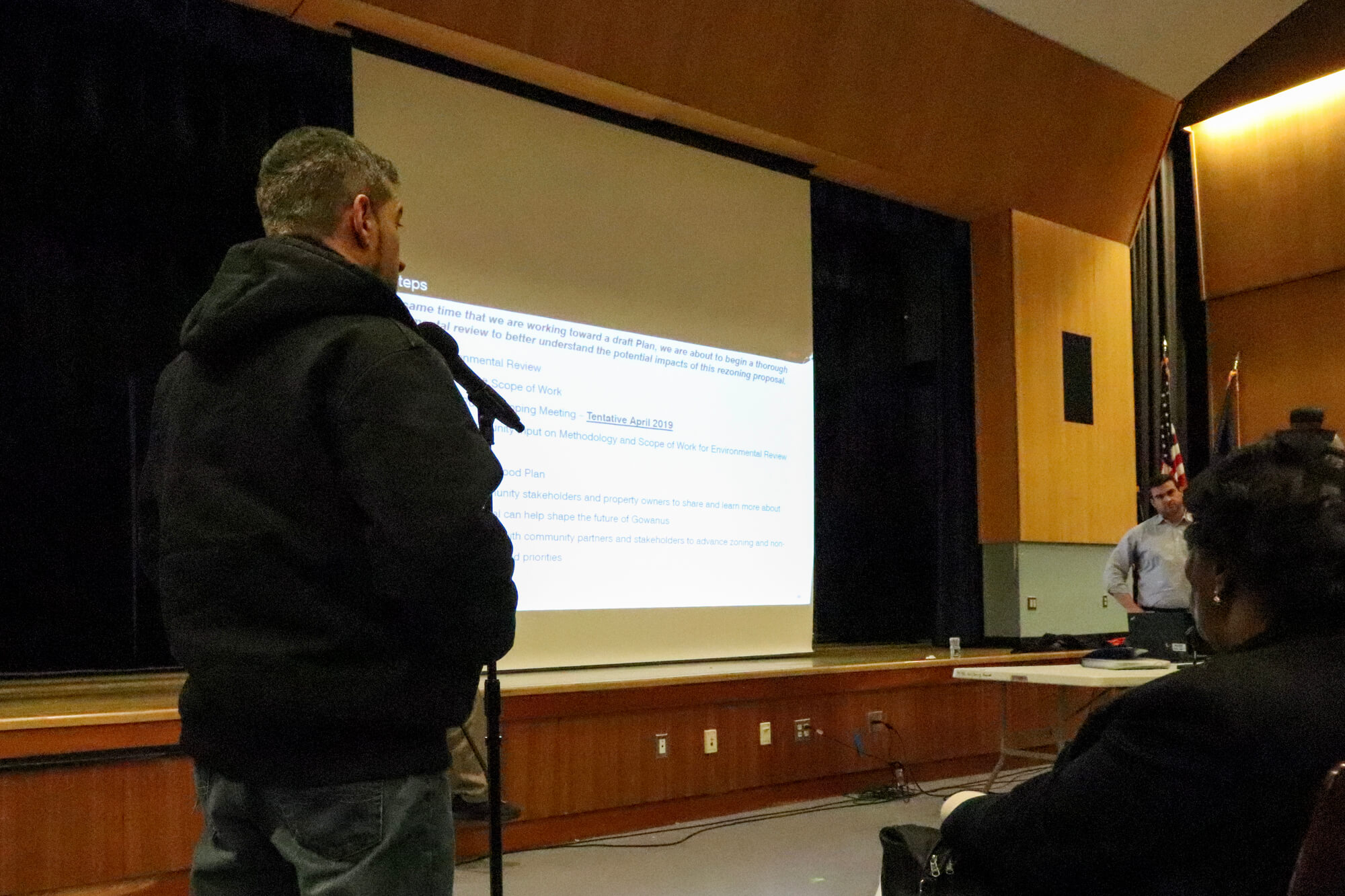
“There wasn’t anything that happened,” said DCP Project Manager Jonathan Keller. “In the framework document that we shared, there was a range of heights, depending on the area, that would be looked at. We talked about heights that were up to 18 to 20 stories.” After their “fine-grain analysis,” he added, which included looking at the zoning and the FAR, this became 22 stories. “Which is slightly different, but essentially what we had in the framework,” he said.
Many in the audience did not seem convinced, especially since, under the proposed rezoning, buildings in certain areas can go even higher. Development along sections of the canal, according to the proposal, can reach 25 to 30 stories after base heights and setbacks.
Not everyone was against the height of the buildings. A representative from a group called Open New York, who often shows up to public meetings to argue for more housing, complimented City Planning and suggested all FAR restrictions should be removed from the area of 4th Avenue that is included in the proposed rezoning. When his comment was met with jeers from the audience, he responded with a critical take on the community.

“Not wanting people to move into your neighborhoods is a lot like what people in the suburbs do,” he said. “New York is a place that should be open to everybody, and more housing units is how that happens.”
While many agreed with his position, in theory, they also felt it was lacking specificity. “My concerns are affordability and inclusion,” said Nina, a resident of Gowanus. “How will you ensure that the waterfront is actually accessible and that you’re not building a wall of tall condo buildings that feels exclusive and exclusionary?” In regards to the plan to revamp Thomas Greene playground, she asked, how they would prevent it from becoming a “private park for rich people?”
City Planning said these concerns are part of their proposal, and that the encouragement of mixed uses around Thomas Greene, for example, was to make the area around the park feel more communal and less private.
In terms of affordability, the Mandatory Inclusionary Housing is still to be decided. “There are many options,” the city planning official said. The proposal is still in the early stages and has not yet entered the official public review process known as ULURP.
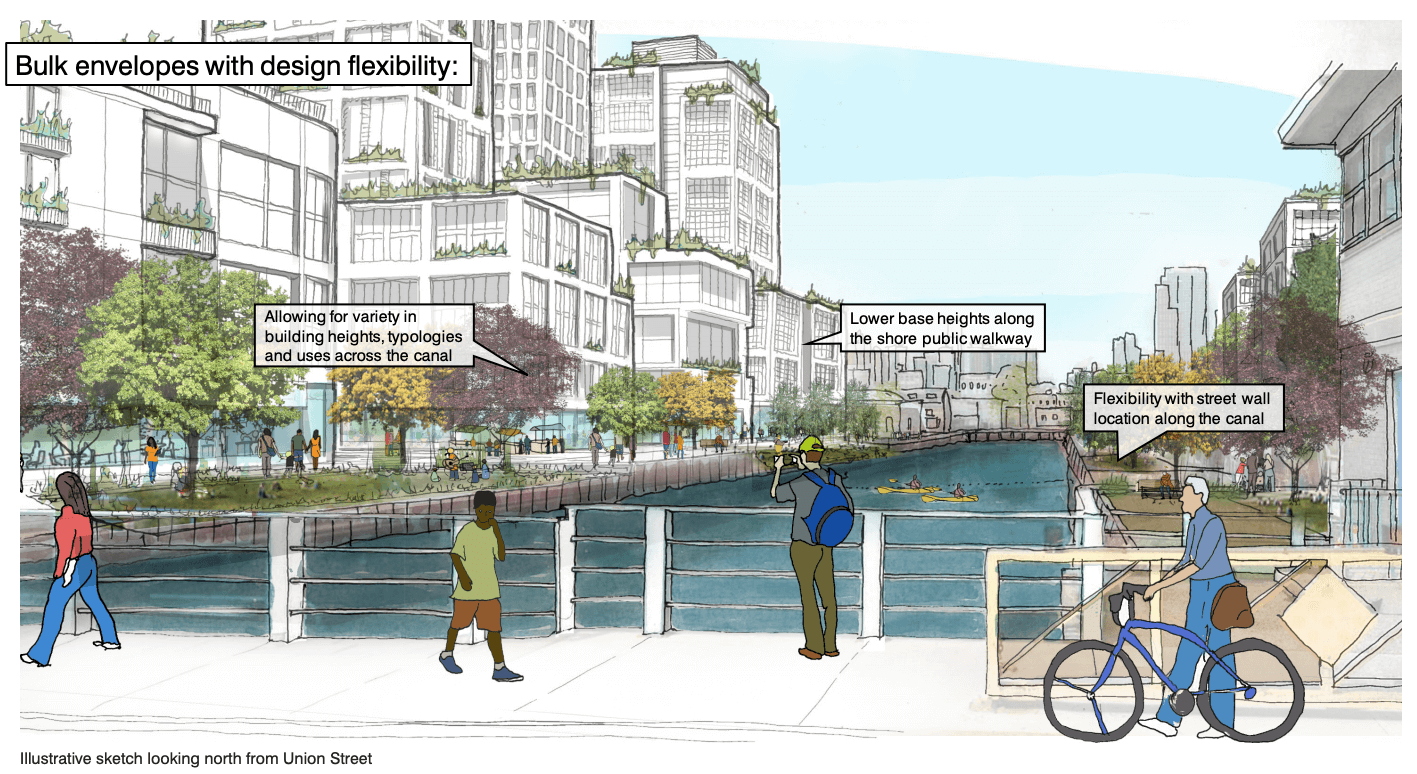
“It’s not going to be option one,” Councilmember Brad Lander yelled from the side of the room, referring to the selection that calls for only 10 percent of the housing to be affordable in a building and giving a hint to what he will be demanding as the rezoning process continues.
But the fear of a neighborhood rapidly changing, and many who currently who live there not being able to afford to stay in the future, remained. “People who can afford it are no longer us here,” said a longtime neighborhood resident. “I don’t think what you’re planning here is for the people in Gowanus.”
Related Stories
- When a Gowanus Rezoning Meeting Was Not a Public Forum, Activists Took It Over
- The Gowanus Draft Zoning Proposal Is Here, Promising Dense Development Along the Canal
- City Looks to Rezone Gowanus, Add Public Space Along Canal, According to New Planning Study
Email tips@brownstoner.com with further comments, questions or tips. Follow Brownstoner on Twitter and Instagram, and like us on Facebook.


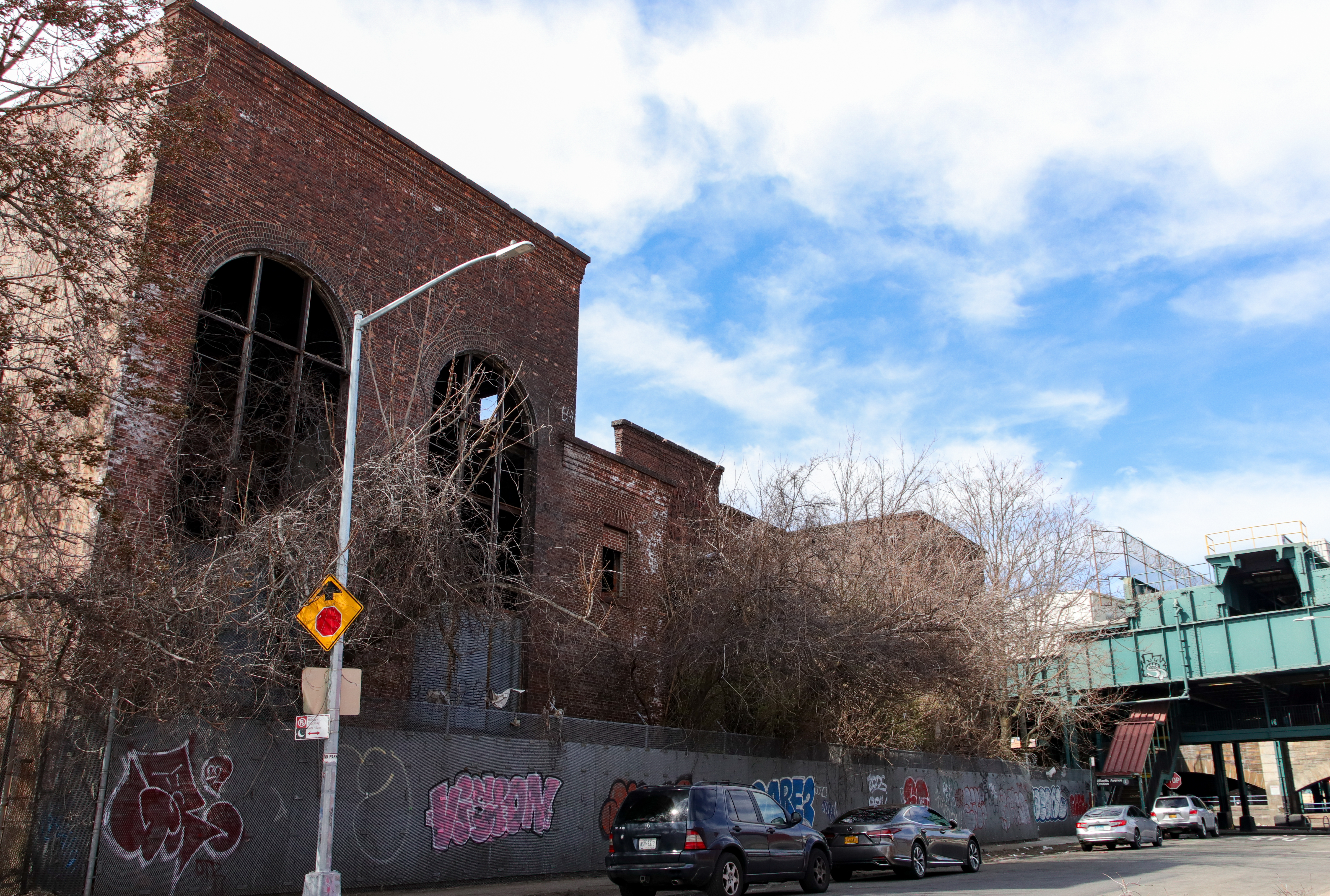
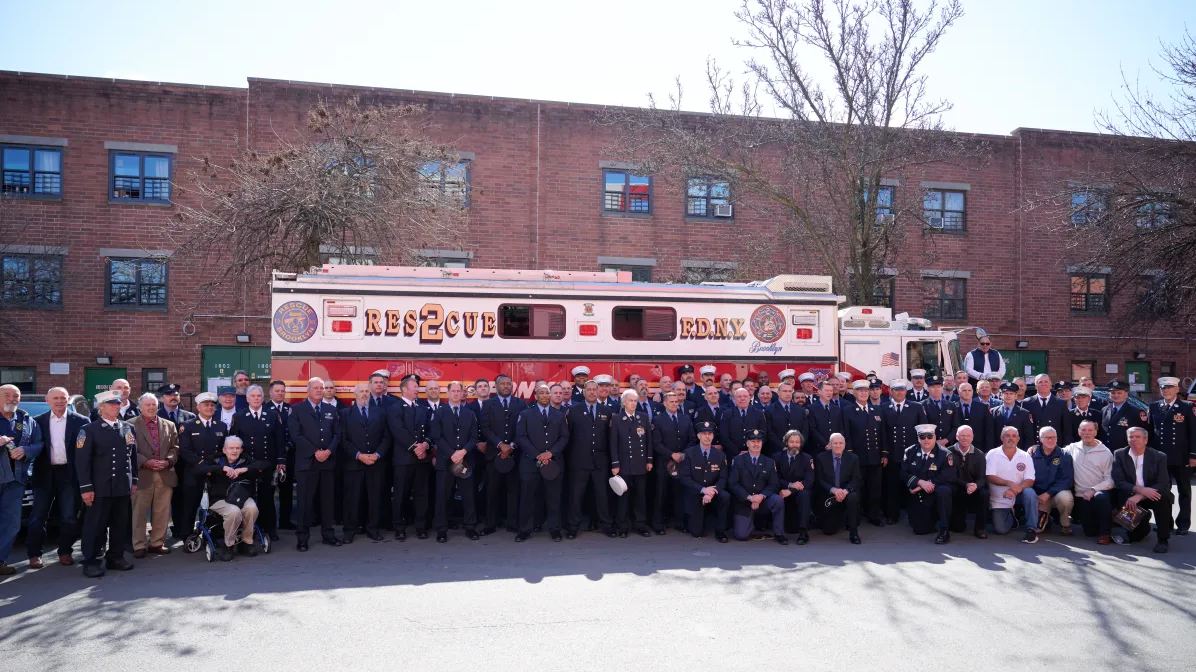
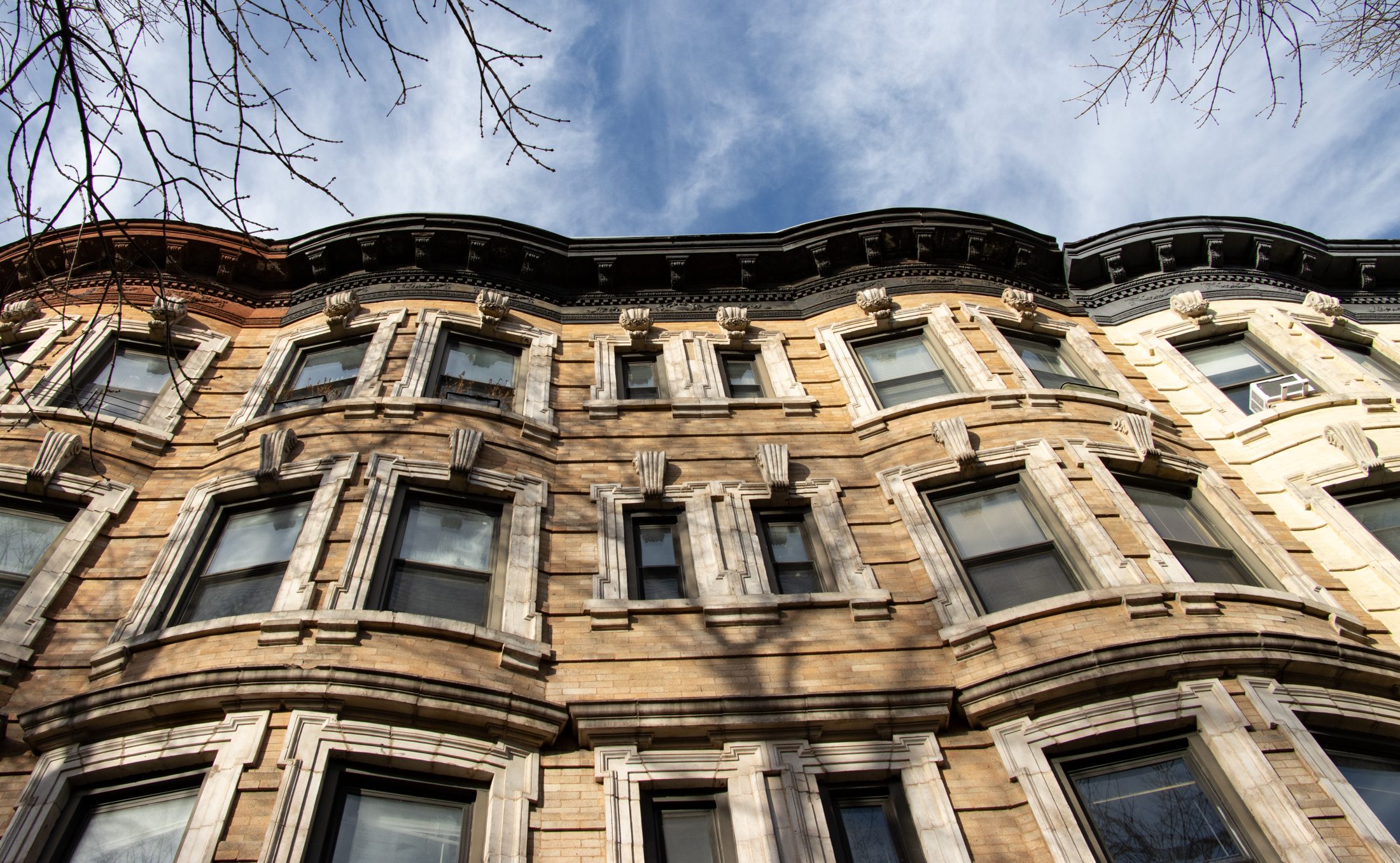




What's Your Take? Leave a Comment